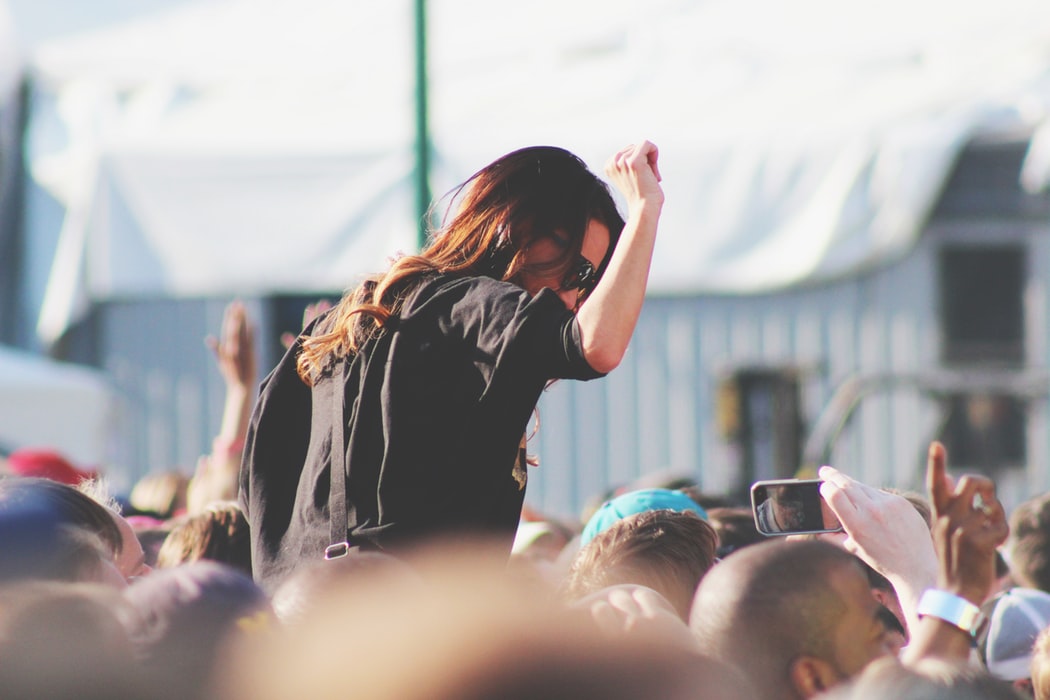Are you looking at creating a website for your event? Keen to spread the word on a new exciting occasion? There are some easy steps you can take to raise awareness of your event and create a successful events website.
Why Create an Events Website?
An events website can increase knowledge of your events and ultimately encourage more people to come to them. A website can communicate key information surrounding your event such as dates and location. Without a website, you are relying on word of mouth or press releases which may not reach as many people as a website can.
A well-designed website can also portray key aspects of your events such as the event ethos or attract a certain target market depending on how you design and present your event. This is key in ensuring that people who would benefit the most from your event are finding your website easily and are easily directed to all the information they need to attend.
What are the Key Features of an Events Website?
For every website there are some key features to consider. However, for an events website aspects such as dates, times, location and other details are the most important to communicate clearly with visitors to your website. Some key features to think through when designing your website are:
Important Information: For an events website it is vital you present the important information surrounding your event clearly on your website. This ensures that visitors know immediately about your event and whether or not they can attend. You must include information such as:
Date and Time of the event – Without the date and time visitors cannot know whether they can attend. The date and time should be clearly advertised on the first page or as a header to your website.
Location and Transport – Perhaps include a Google Map link as well as an address. If the location is difficult to find consider including instructions on how to reach you. Try to include this for multiple types of transport, for example have the nearest train route as well as car directions.
Price – Ensure that you clearly show the price. If this is a multi-day event ensure that you have prices for each day if that is an option. Make sure to include how to purchase the tickets, whether this is on the door or over an online ticket site.
Type of Event – Is this a music festival or a fundraiser? Or both? Try and present what kind of people will be at this event as well. For example is this a family friendly event, or something for young people?
Accommodation – If your event spans over multiple days it may be wise to include information regarding accommodation. This may be camping or similar, or advice on where to find accommodation in the city.
Eye-catching Design: In order for your website to attract as many people as possible, it is crucial to have an engaging website design. Using a good website builder will mean you will be able to easily add features which communicate aspects of your event without having to include paragraphs of content.
Key aspects of good website design for an events website include:
Colour and font – Two of the most important aspects of website design is picking a colour and font to use. Different colours portray different emotions or atmospheres. For example a family friendly music festival like Latitude may have bright colours, whereas a heavy metal festival like Download may opt for a darker colour scheme.
Fonts can also have an impact on the type of event. Often events have a specific font they will use for their logo and throughout their website to create a brand image that is easily recognisable wherever it is used.
Posters – Events will often have a poster designed which can be displayed on their website, social media platforms and put up around the location. This poster should be eye catching and include all relevant information (including a line up/schedule if this is relevant)
Layout – An effective events website will have a clear layout which is easy to navigate. This should include an ‘about’ page, information and ticket buying facilities (if relevant). Another key aspect many events pages include is a frequently asked questions (FAQs) page, which allows them to provide more information on specific questions regarding accessibility or food suppliers for example.
A successful events website will consider all of the aspects above in order to attract as many people as possible and create an event which will be talked about for many years to come!
If you are looking to build a website or blog for your company, then look no further than Go Sitebuilder! Our simple design means you can have a professional looking website up and running in minutes, with easily shareable content and information to encourage as many people as possible to attend your events. Try our 14-day free trial today!


